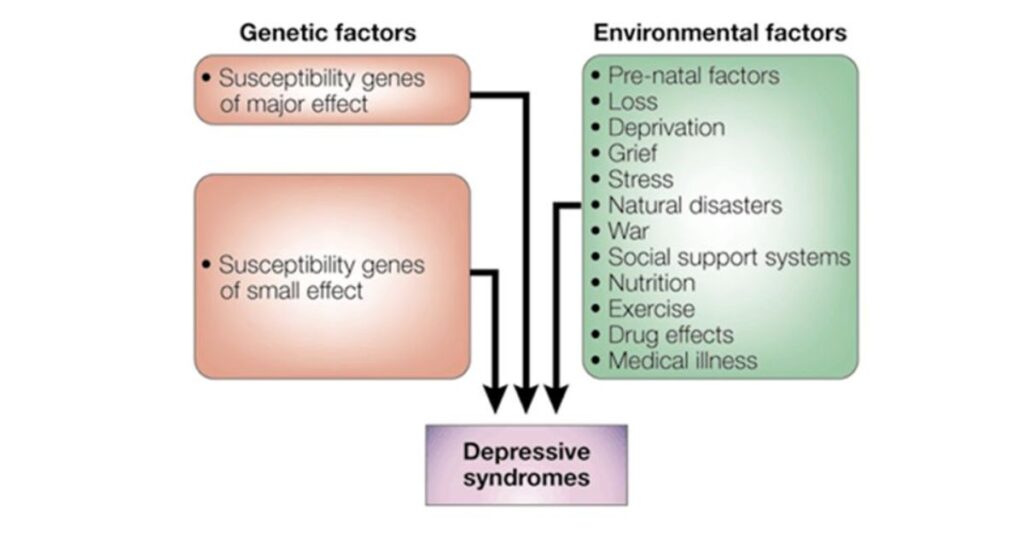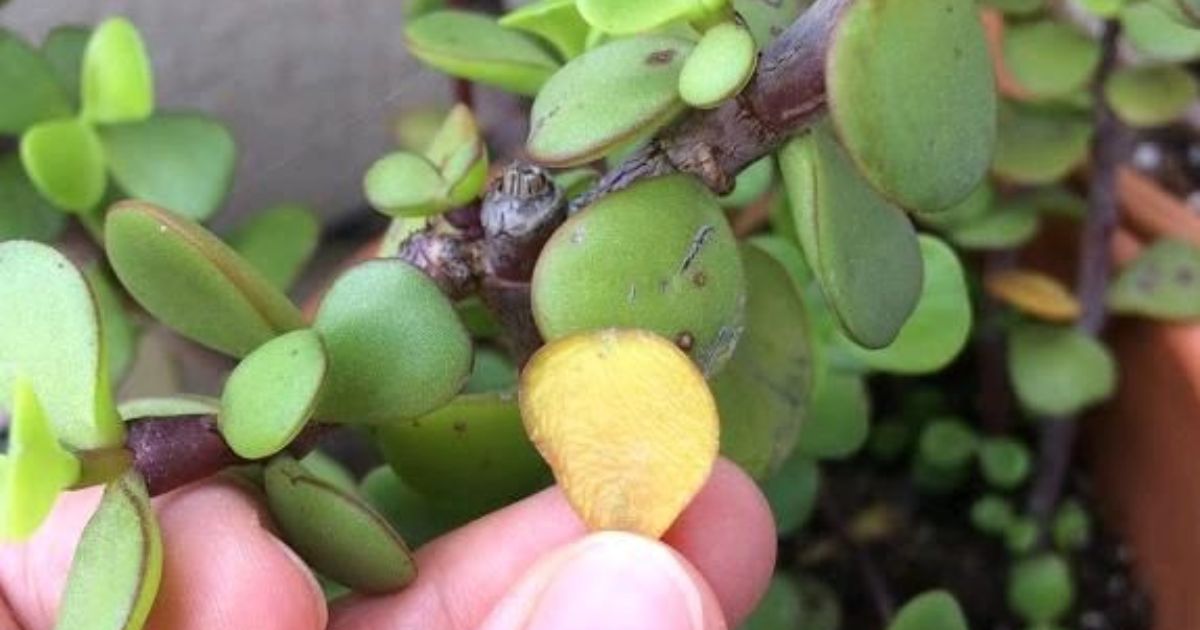A succulent turning yellow indicates a common issue where the plant’s leaves lose their vibrant green color and become pale or yellow. It’s typically caused by factors like overwatering, underwatering, poor soil drainage, or insufficient sunlight. Identifying the specific cause is essential for effective treatment
Discover the secrets to keeping your succulents green and vibrant. If you’ve ever wondered, Why Is My Succulent Turning Yellow – we’ve got the answers to revive your plants and bring back their natural beauty. Let’s dive into the world of succulents and find the solutions you need to ensure your succulents stay lush and colorful.
Curious about your succulent’s fading vibrancy Explore the mystery behind Why Is My Succulent Turning Yellow Uncover the secrets to revive its natural beauty and keep your succulents thriving. Dive into this guide for practical solutions and take action to restore your succulent’s lush green allure today.
Common Causes of Yellowing Succulents
Common causes of yellowing succulents include overwatering, which can lead to root rot, and underwatering, causing older leaves to turn yellow. Poor soil drainage exacerbates the issue, as does inadequate sunlight, which can make succulents lose their green pigment. Identifying these common causes is essential to maintaining healthy, vibrant succulents.
Overwatering
Overwatering is one of the leading culprits when it comes to yellowing succulents. Succulents store water in their leaves, and too much moisture can lead to root rot, which manifests as yellowing leaves.
Solution
Ensure proper drainage in your succulent pots.
Water your succulents sparingly, allowing the soil to dry out between watering.
Underwatering
On the flip side, underwatering can also cause succulent leaves to turn yellow. When a succulent doesn’t receive enough water, it may sacrifice older leaves to conserve moisture for the core of the plant.
Solution
Develop a watering schedule based on your succulent type and local climate.
Pay attention to the signs of dehydration, like shriveling leaves.
Poor Soil Drainage
Inadequate drainage can lead to waterlogged soil, promoting root rot and, subsequently, yellowing of the plant. The right soil mix is crucial for succulent health.
Solution
Use a well-draining succulent mix or amend your soil with perlite or sand.
Ensure your pots have drainage holes.
| Causes of Yellowing Succulents | Solutions |
| Overwatering | – Ensure proper drainage in your succulent pots.<br>- Water your succulents sparingly, allowing the soil to dry out between waterings. |
| Underwatering | – Develop a watering schedule based on your succulent type and local climate.<br>- Pay attention to the signs of dehydration, like shriveling leaves. |
| Poor Soil Drainage | – Use a well-draining succulent mix or amend your soil with perlite or sand.<br>- Ensure your pots have drainage holes. |
| Lack of Sunlight | – Place your succulents in a sunny location, preferably in bright, indirect sunlight.<br>- Rotate your pots regularly to ensure even sun exposure. |
| Pest Infestation | – Inspect your succulents regularly and treat any infestations promptly.<br>- Consider using neem oil or insecticidal soap to control pests. |
| Fungal Infections | – Prune affected leaves and allow the soil to dry out to prevent further fungal growth.<br>- Improve ventilation around your succulents. |
| Natural Leaf Shedding | – Gently remove the yellowing leaves if they are not falling off on their own.<br>- Ensure your succulent has the right care conditions to encourage healthy new growth. |
| Environmental Stress | – Maintain stable environmental conditions for your succulents.<br>- Repot overcrowded plants and ensure they have enough space. |
| Transplant Shock | – Be patient and maintain regular care during the recovery period.<br>- Avoid excessive handling or changes in care immediately after transplanting. |
Lack of Sunlight
Succulents need plenty of sunlight to maintain their vibrant colors. If they don’t receive enough light, they may start to lose their green pigment and turn yellow.
Solution
Place your succulents in a sunny location, preferably in bright, indirect sunlight.
Rotate your pots regularly to ensure even sun exposure.
Pests and Diseases
Pests and diseases refer to various organisms and illnesses that can harm plants, including succulents. Common pests like aphids and mealybugs are often encountered by succulent enthusiasts, and fungal infections and bacterial diseases can also pose threats. Big Do Succulents Get Proper care and preventive measures are essential to protect plants from these issues and maintain their health.
Pest Infestation
Succulents are not immune to pests like aphids, mealybugs, and spider mites. These tiny invaders can cause yellow spots and damage to the leaves.
Solution
Inspect your succulents regularly and treat any infestations promptly.
Consider using neem oil or insecticidal soap to control pests.
Fungal Infections
Fungi can infect succulents and lead to yellowing leaves. This is often associated with overwatering and poor air circulation.
Solution
Prune affected leaves and allow the soil to dry out to prevent further fungal growth.
Improve ventilation around your succulents.
Natural Aging
Natural aging in plants refers to the regular process of leaves or parts of the plant naturally aging and changing color, often turning yellow or brown before falling off. This is a typical occurrence in succulents and other plants as they shed older, less efficient parts to make room for new growth. It’s a natural and healthy process in the plant’s life cycle, and there’s no need to worry unless excessive yellowing is observed, which might indicate other underlying issues.
Natural Leaf Shedding
Succulents, like all plants, undergo a natural process of shedding older leaves. These leaves may turn yellow before falling off, which is entirely normal.
Solution
Gently remove the yellowing leaves if they are not falling off on their own.
Ensure your succulent has the right care conditions to encourage healthy new growth.
Stress and Environmental Factors

Certainly! Here’s the paragraph with the keyword “My Succulent Turning Yellow” properly integrated:
Stress and environmental factors can impact the health of plants, including succulents. My Succulent Turning Yellow is a common concern among succulent enthusiasts. Rapid temperature changes, overcrowding, and poor air quality can cause stress, leading to yellowing leaves. Providing a stable environment and proper care can help succulents thrive despite these challenges.
Environmental Stress
Succulents are sensitive to changes in their environment. Stress factors like extreme temperature fluctuations, poor air quality, or overcrowding can trigger yellowing.
Solution
Maintain stable environmental conditions for your succulents.
Report overcrowded plants and ensure they have enough space.
Transplant Shock
When you repot or transplant a succulent, it can undergo a period of shock during which leaves may turn yellow. This is a temporary condition.
Solution
Be patient and maintain regular care during the recovery period.
Avoid excessive handling or changes in care immediately after transplanting.
FAQ’S
Why are my succulent leaves turning yellow and falling off?
Yellowing and falling off of succulent leaves are often due to overwatering, which leads to root rot, or natural leaf shedding, a normal part of succulent growth.
What does an overwatered succulent look like?
An overwatered succulent typically displays signs of rotting, such as mushy, discolored leaves and a soft, waterlogged appearance.
How do you fix yellow leaves on succulents?
To fix yellow leaves on succulents, assess the cause, adjust watering, improve soil drainage, provide adequate sunlight, and address any pest issues.
Can a yellow leaf turn green again?
Yes, in some cases, a yellow leaf can turn green again if the underlying issue, such as overwatering or nutrient deficiency, is addressed promptly.
How To Figure Out Why Your Succulent Leaves Are Turning Yellow
Understanding How To Figure Out Why Your Succulent Leaves Are Turning Yellowish is essential for succulent enthusiasts. Yellowing leaves can result from factors like overwatering, inadequate sunlight, or pests. To identify the specific cause, assess your care routine, soil quality, and pest presence. By addressing the root issue and making necessary adjustments, you can help your succulents regain their vibrant green color and thrive.
Conclusion
If your succulent is turning yellow, it’s essential to identify the underlying cause. Understanding the factors contributing to the discoloration is the first step in nursing your succulent back to health. Remember to adjust your care routine, address any pests or diseases, and provide your succulents with the right environment to flourish. With the right knowledge and care, you can keep your succulents looking their best and enjoying their vibrant green color for years to come.
Understanding the causes of why succulents turn yellow is crucial for their care and vitality. Yellowing leaves are often a sign of an underlying issue, whether it’s overwatering, underwatering, insufficient sunlight, or pests. Identifying the specific cause allows succulent owners to take appropriate action and provide the necessary care adjustments.
By addressing these factors and implementing solutions such as adjusting the watering schedule, improving soil drainage, providing proper sunlight, or managing pest infestations, succulent enthusiasts can effectively restore their plants to their lush, green glory. Patience and careful observation are key when nurturing these resilient plants.










